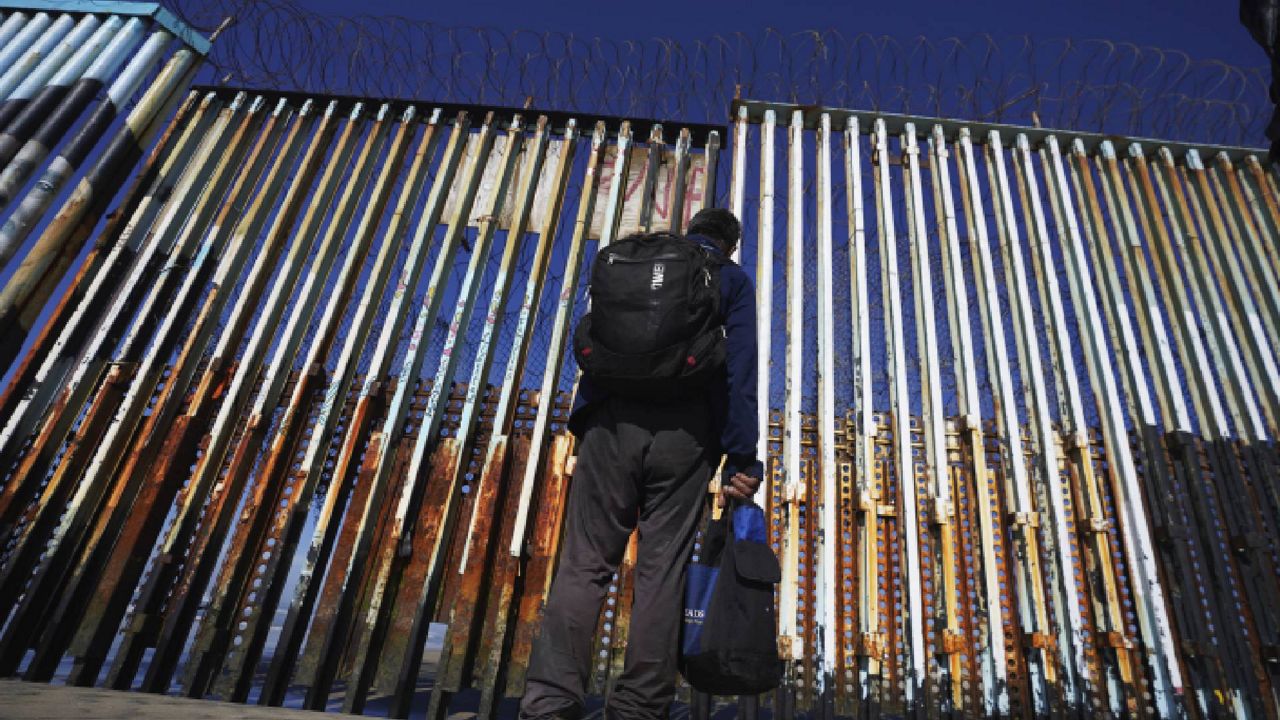The number of people encountered at the United States-Mexico border in April increased from the previous month mostly due to a spike in the number of Ukrainians who passed through ports of entry.
U.S. Customs and Border Protection on Tuesday reported 234,088 total encounters in April, an increase over March’s 222,144 encounters. It is the fourth time in the last year that crossings have topped 200,000, and the numbers are at a two-decade high.
More than 32,000 of those encounters happened at ports of entry, an 183% increase that CBP accredited to the large number of Ukrainians who fled their country and flew to Mexico to seek asylum in the U.S.
While border officials admitted Ukrainians through that informal route for several weeks, that pathway is now closed. Since April 25, Ukrainians were encouraged to apply through a new sponsorship program that could grant them temporary status in the United States if approved.
And as in previous months, a large number of border encounters in April were people who had tried to cross at least once before, CBP reported. More than 28% of the total encounters — or more than 65,000 — were repeated attempts from people who have tried at least once within the last year, they estimated.
Those repeats are in part due to the number of immediate expulsions at the border during the pandemic. Migrants have been expelled more than 1.9 million times since March 2020 under Title 42 authority, named for a 1944 public health law.
On May 23, the U.S. Centers for Disease Control and Prevention plans to end Title 42 restrictions that have prevented migrants from seeking asylum under U.S. law and international treaty on grounds of preventing the spread of COVID-19.
Border officials have admitted they expect to see an increase in migration at the Mexico border when Title 42 is lifted, though a federal judge in Louisiana is expected to rule in favor of 24 states seeking to keep the measure in effect while litigation proceeds.
Department of Homeland Security Secretary Alejandro Mayorkas toured the southwest border on Tuesday, noting that the numbers have not gone down.
“We're seeing about a seven day average of over 7,500 people. So we have not seen a significant decrease in the flows,” he said. “But we are working very closely with our partners to the south, with Mexico, in anticipation of a potential surge in a post-Title 42 environment."
Mayorkas said his department was preparing to increase processing of migrants under Title 8, which can lead to expedited deportation proceedings if a person does not qualify for asylum protections under U.S. law.
Homeland security officials said they have also been working to surge resources and personnel to the border to prepare for a potential surge.
Even if the federal judge allows Title 42 to end, Congress may try to keep it alive via an alliance between Republicans and some Democrats who worry that a widely anticipated increase in illegal crossings will put them on the defensive in an already difficult midterm election year.
The Associated Press contributed to this report.



